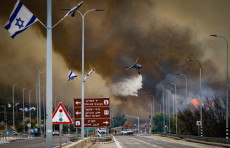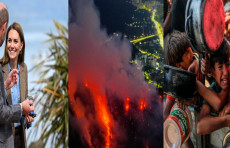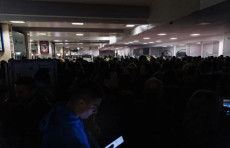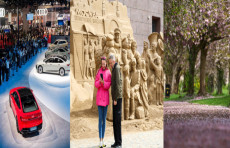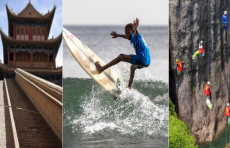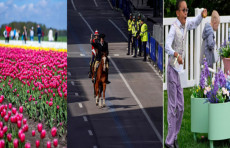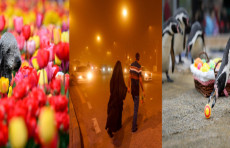Tashkent - the new capital of real estate – PwC
In the past few years, large-scale multi-purpose development projects have been announced in the country and they are underway not only in the capital, but also in other cities, such as Nurafshon and Bukhara, according to analysts at PwC.

In the past few years, large-scale multi-purpose development projects have been announced in the country and they are underway not only in the capital, but also in other cities, such as Nurafshon and Bukhara, according to analysts at PwC.
PricewaterhouseCoopers (PwC) is an international network of companies offering consulting and audit services. PWC refers to companies that are part of the PricewaterhouseCoopers International Limited network of companies, each of which is an independent legal entity. The brand has been around for more than 160 years and is one of the so-called big four audit companies. The network is headquartered in London.
What is the situation in Uzbekistan now?
The most well-known project is "Tashkent city", where the construction of business centers, cultural and commercial facilities, Technopark, residential quarter and related infrastructure with a total area of more than 1 million square meters is planned as part of the development of an area of 80 hectares.
The first segment of real estate, which began to develop actively, was the retail market: today there are 8 new and modernized shopping centers in Tashkent, 6 of which were built after 2010, when the construction of new format retail facilities began in the city.
In terms of availability of retail space, Tashkent is still inferior not only to large European megacities, but also to the cities of neighboring Kazakhstan: Almaty (almost 10 times), Astana (almost 15 times) – so, today, only 35 square meters per thousand people.
For the next two years, 5 high-quality shopping centers with a total leasable area of 129 thousand square meters have been announced for opening in the city.
Factors that hinder the development of quality retail
According to PwC, the key factors hindering the development of high-quality retail are a consistently low standard of living (the average monthly salary at the time of publication is $180) and loyalty to the traditional format of retail-bazaars, the price level of which is often lower than in modern formats. At the same time, the consumer model shows a shift in demand towards shopping centers - which is confirmed by the high level of occupancy of the latter (the average vacancy rate in high-quality objects is 5%).





.png)












